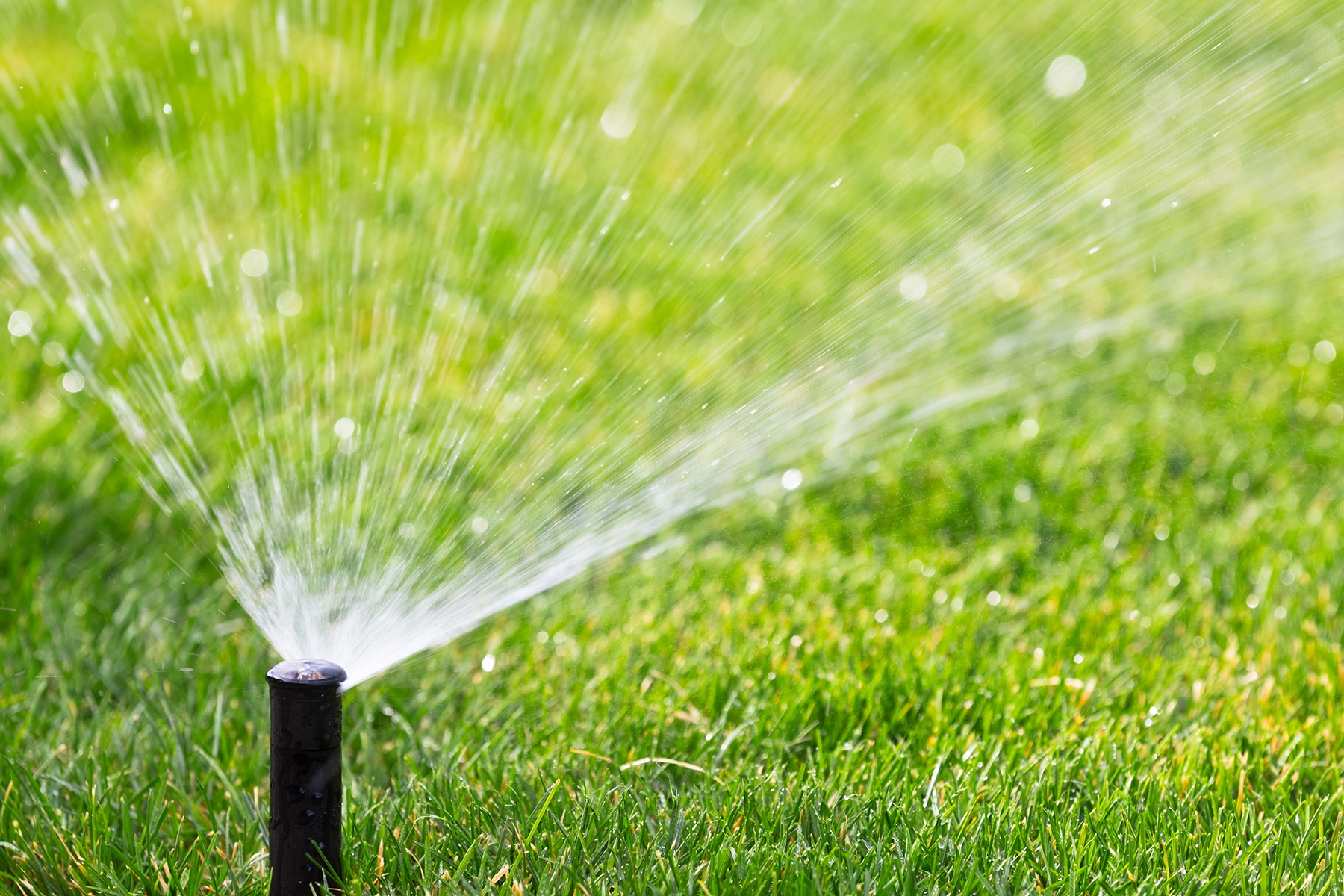How to Install Rainwater Harvesting for Your Garden
Imagine transforming every raindrop that falls on your roof into a resource that nourishes your garden. Rainwater harvesting is not just an eco-friendly watering solution; it's a sustainable practice that can significantly reduce your water bills and help conserve precious water resources. So, are you ready to turn your garden into a thriving oasis with a simple, cost-effective rainwater harvesting system? Let's dive in!
Understanding Rainwater Harvesting
Rainwater harvesting is the process of collecting and storing rainwater for later use. This ancient practice has gained renewed interest due to its environmental and economic benefits. By capturing rainwater, you can reduce your reliance on municipal water supplies and minimize the impact of stormwater runoff.
Benefits of Rainwater Harvesting for Your Garden
Eco-Friendly Watering
Rainwater is naturally soft and free from chemicals like chlorine, making it ideal for plants. By using rainwater for garden irrigation, you're not only conserving water but also providing your plants with the purest form of hydration.
Cost Savings
Installing a rainwater harvesting system can significantly reduce your water bills. Instead of relying on municipal water for garden irrigation, you can use the free water that falls from the sky.
Reduced Stormwater Runoff
Rainwater harvesting helps mitigate the impact of stormwater runoff, which can carry pollutants into local waterways. By capturing rainwater, you're contributing to a cleaner environment.
How to Install Rainwater Harvesting for Your Garden
Step 1: Assess Your Needs
Before you start, assess your garden's water requirements. Consider the size of your garden, the types of plants you have, and the local climate. This will help you determine the size of the rainwater storage system you need.
Step 2: Choose the Right Rain Barrel
Rain barrels come in various sizes and materials. Choose one that fits your garden's aesthetic and your water storage needs. Ensure the barrel has a screen to keep out debris and insects.
Step 3: Select a Location
Place your rain barrel near a downspout to maximize water collection. Ensure the location is stable and can support the weight of a full barrel.
Step 4: Install the Rain Barrel
- Prepare the Site: Clear the area where you plan to place the rain barrel. Ensure it's level and stable.
- Connect the Downspout: Use a flexible downspout extender to direct water into the barrel. You may need to cut the existing downspout to fit the extender.
- Install the Overflow: Attach an overflow pipe to the barrel to direct excess water away from your home's foundation.
Step 5: Set Up the Irrigation System
You can use a simple hose or a more complex drip irrigation system to distribute the collected rainwater to your garden. Ensure the system is efficient to minimize water waste.
Step 6: Maintain Your System
Regularly clean the rain barrel and check for leaks. Remove any debris that accumulates on the screen to ensure optimal water flow.
Additional Tips for Effective Rainwater Harvesting
Maximize Water Collection
Consider installing multiple rain barrels if you have a large garden or live in an area with high rainfall. This will help you capture more water and reduce the risk of overflow.
Use a First-Flush Diverter
A first-flush diverter helps remove the initial flow of rainwater, which often contains the highest concentration of pollutants. This ensures that the water stored in your barrel is cleaner and safer for your plants.
Monitor Water Levels
Keep an eye on the water levels in your rain barrel. During dry spells, you may need to supplement with municipal water to ensure your plants stay hydrated.
Conclusion
Installing a rainwater harvesting system for your garden is a simple yet impactful way to conserve water and reduce your environmental footprint. By following these steps, you can create an eco-friendly watering solution that benefits both your garden and the planet. So, why wait? Start harvesting rainwater today and watch your garden thrive!
FAQs
1. How much rainwater can I collect?
The amount of rainwater you can collect depends on the size of your roof and the amount of rainfall in your area. A general rule is that one inch of rain on a 1,000 square foot roof can yield about 600 gallons of water.
2. Can I use rainwater for drinking?
While rainwater can be used for various purposes, it is not recommended for drinking without proper treatment. Rainwater can contain pollutants and bacteria that make it unsafe for consumption.
3. How do I prevent mosquitoes from breeding in my rain barrel?
To prevent mosquitoes from breeding, ensure your rain barrel has a tight-fitting lid and a screen to keep out insects. You can also add a small amount of vegetable oil to the water, which creates a thin film on the surface that prevents mosquitoes from laying eggs.
4. What if my rain barrel overflows?
If your rain barrel overflows, ensure you have an overflow pipe that directs excess water away from your home's foundation. You can also consider installing additional rain barrels to capture more water.
5. How often should I clean my rain barrel?
It's a good idea to clean your rain barrel at least once a year to remove any accumulated debris and prevent the growth of algae. This will help maintain the quality of the water and the efficiency of your system.

By following these guidelines and tips, you can successfully install and maintain a rainwater harvesting system that will benefit your garden and the environment. Happy gardening!
0 Response to "How to Install Rainwater Harvesting for Your Garden"
Post a Comment